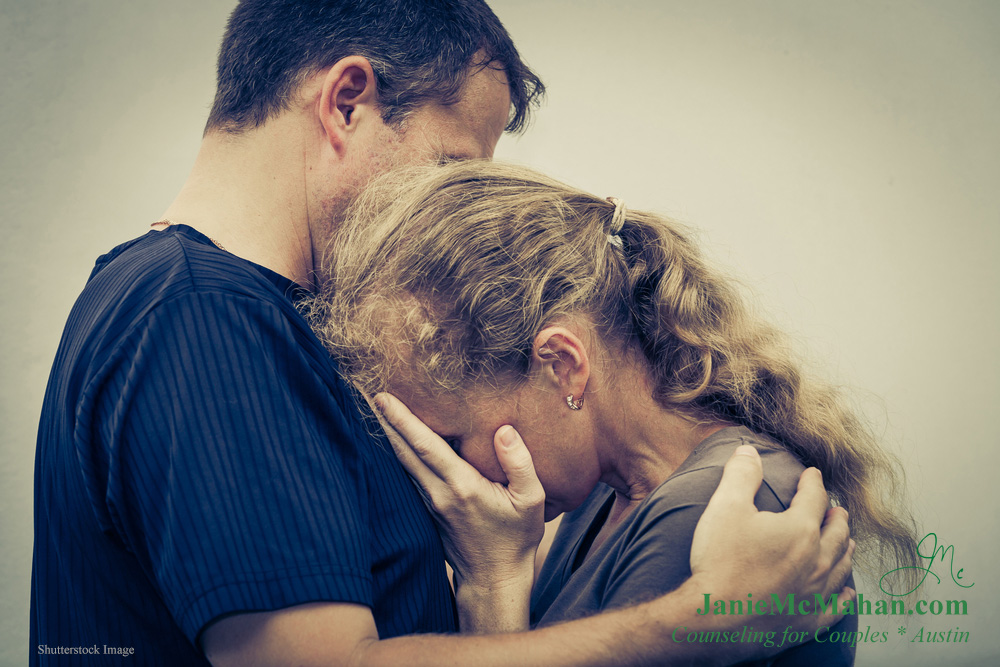What is PTSD and How is it Treated?
/Post-Traumatic Stress Disorder affects more than 5 million people each year in the United States alone. Any traumatic event, the loss of a loved one, going to war, an assault, abuse, an accident, or a major disaster, can be the trigger for this paralyzing anxiety problem. PTSD doesn’t always show up right away; the symptoms can take days, weeks, even years to appear.
PTSD Can Be Unpredictable
PTSD does not always reveal itself in the same way or within a predictable timeframe. For example: A first responder helped emergency crews at a fatal car accident, in which a drunk driver hit and killed a 17 year-old boy. During the emergency, the responder’s adrenaline kicked in, he had no time to cry or feelhis emotions. After the event, his anger, sadness and frustration surfaced from witnessing such an atrocity, but aside from that, his emotions were minimal and under control. Three weeks later during lunch break, the same first responder flips thru a magazine in which a man’s cologne is advertised. The smell of the cologne hits him hard: it’s the same cologne the 17-year-old boy was wearing on that tragic night. The scent of the young man’s cologne triggers such a strong emotional response in the responder that he has to leave work, unable to stop crying.
This type of delayed response is common and, because of the time lapse or the strange onset, it might not be seen as PTSD. Recognizing the signs of PTSD is critical, even if they occur long after the tragedy.
Do I Have PTSD?
Post-traumatic Stress Disorder symptoms may take months and even years to reveal themselves. If you have been through something that caused you great emotional distress, keep an eye out for unusual symptoms like these:
1. Reliving Symptoms
- You can’t stop reliving the event
- You start having nightmares
- You experience unusual triggers that remind you of the event (smells, sounds, sights)
2. Hypersensitivity Symptoms
- You’re always on alert and watching out for potential dangers
- You’re unable to stop talking, or have difficulty focusing
- You’re easily irritable
- You’re highly reactive to loud or sudden sounds
- You have difficulty sleeping
3. Avoidance Symptoms
- You act as if nothing happened
- You avoid certain situations or locations (crowds, driving, certain subjects)
4. Behavioral Symptoms
- You seclude yourself from others
- You refuse to talk about the event
- You have a loss of faith in religion, people, or life in general
- You’re no longer interested in your work, school, or hobbies
How Do I Treat It?
Unlike other situations, PTSD needs more than time to resolve itself and the symptoms rarely go away on their own. If the symptoms stick around for more than a month, or if they severely impact your normal day-to-day life, do not wait. Reach out to a health care professional.
In addition, look for a therapist who is trained in EMDR* therapy (Eye Movement Desensitization and Reprocessing). EMDR is a treatment protocol that is highly successful in treating PTSD and other anxiety disorders. The EMDR therapist gently guides you to safely revisit the memories and emotions of the traumatic event(s), unlocking the negative feelings and emotions associated the event, and allowing your brain to reprocess the experience objectively, neutralizing your negative responses to the event.
PTSD is a cry for help. Since we are often the last one to recognize a change in our behavior, it is important to share the traumatic event with a trusted friend or family member who can keep a good eye on you and watch for PTSD symptoms that might otherwise slip under your radar.




















